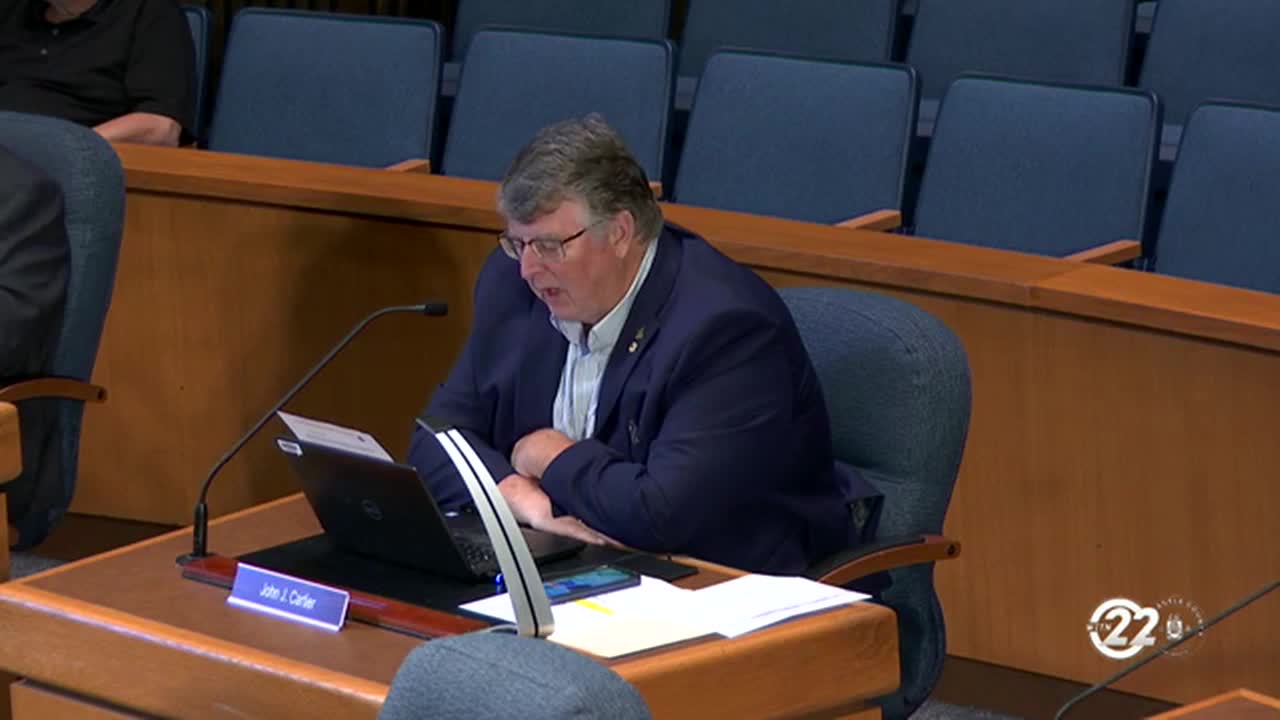County leaders push for new paramedic station amid growth
July 02, 2024 | New Castle County, Delaware

This article was created by AI summarizing key points discussed. AI makes mistakes, so for full details and context, please refer to the video of the full meeting. Please report any errors so we can fix them. Report an error »

During a recent government meeting, officials discussed the urgent need for a new paramedic station in response to growing demands on emergency services in the county. One council member highlighted the inadequacies of the current paramedic station's location and emphasized the necessity for a standalone facility to better serve the community.
The conversation also touched on the county's capital budget constraints, primarily driven by costs associated with sanitary sewer services. Officials acknowledged that while these services are funded through a separate fee structure, the overall capital budget remains limited. The need for a comprehensive review of the county's fee structures was underscored, with the last significant increase noted to have occurred in 1999, except for fire services.
Council members expressed concern over the impact of stagnant fees on the county's ability to meet the growing needs of its population, particularly as new residents migrate from states with lower property taxes. The discussions pointed to the necessity of reassessing impact fees to ensure they adequately reflect the costs of providing essential services, especially in emergency response.
Additionally, the meeting highlighted the challenges faced by emergency services in keeping up with the demands of a growing population. One council member noted that while housing costs have surged, the affordability of new homes in the county is questionable. The rising costs of construction and the limitations on how impact fees can be utilized—primarily for infrastructure rather than staffing—were also discussed.
The council members agreed on the importance of examining these issues further, with a focus on how to better allocate resources to emergency services, including the potential need for additional personnel to meet the increasing demand. The meeting concluded with a call for expert input on land use and the implications of growth on emergency service provision.
The conversation also touched on the county's capital budget constraints, primarily driven by costs associated with sanitary sewer services. Officials acknowledged that while these services are funded through a separate fee structure, the overall capital budget remains limited. The need for a comprehensive review of the county's fee structures was underscored, with the last significant increase noted to have occurred in 1999, except for fire services.
Council members expressed concern over the impact of stagnant fees on the county's ability to meet the growing needs of its population, particularly as new residents migrate from states with lower property taxes. The discussions pointed to the necessity of reassessing impact fees to ensure they adequately reflect the costs of providing essential services, especially in emergency response.
Additionally, the meeting highlighted the challenges faced by emergency services in keeping up with the demands of a growing population. One council member noted that while housing costs have surged, the affordability of new homes in the county is questionable. The rising costs of construction and the limitations on how impact fees can be utilized—primarily for infrastructure rather than staffing—were also discussed.
The council members agreed on the importance of examining these issues further, with a focus on how to better allocate resources to emergency services, including the potential need for additional personnel to meet the increasing demand. The meeting concluded with a call for expert input on land use and the implications of growth on emergency service provision.
View full meeting
This article is based on a recent meeting—watch the full video and explore the complete transcript for deeper insights into the discussion.
View full meeting
